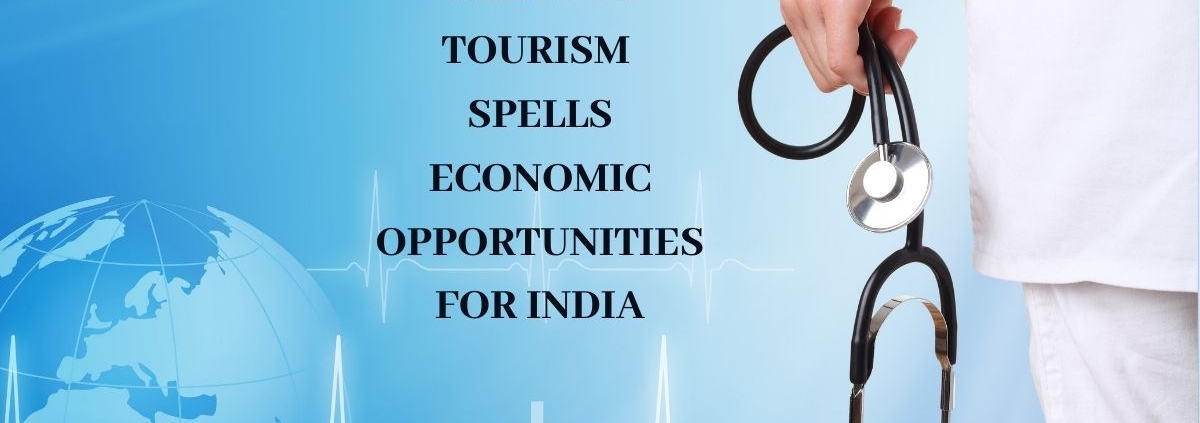India has been a global health destination for several years now. Overseas patients have been flocking to the country for far cheaper healthcare, with no compromises on quality. Global-level facilities, the best healthcare practitioners (including a large number of highly-trained doctors and nurses), low cost of treatment, state-of-the-art diagnostic equipment, and easily available medicines of all kinds have helped promote the country as the hub of medical tourism.
Renewed emphasis on India as a medical hotspot
Of late, there has been a greater emphasis on promoting India as the global hotspot when it comes to value-based healthcare. A few years ago, in 2018 precisely, India established a fund of $641 million to improve service sectors(1). Health tourism was one of the major segments recognized for further improvement and attention.
Around 1.4 million medical tourists came to India for treatment and consultation in the past year alone(2). In 2020-21, India was ranked 10th among 46 destinations on the Medical Tourism Index by the Medical Tourism Association, a global non-profit association for promoting healthcare and medical tourism.
Patients from all corners of the globe come to India for affordable, advanced and quality treatments, such as cardiac surgery, hip and knee replacement, cancer treatment, organ transplant, bypass surgery, bariatric surgery, cosmetic surgery, and even cataract removal. India has some of the best hospitals and medical facilities, many of which are accredited by international organisations. And, interestingly, there has been a trend of reverse migration of Indian doctors — from foreign nations back to the country. This, too, attests to the opportunities in healthcare services in the country.
The increasing number of medical tourists has prompted several Indian hospitals to establish partnerships with international insurance companies, to enable patients to cover their medical costs. Many hospitals have a dedicated international wing that works with travel agents; they also offer homestay programmes to provide end-to-end healthcare.
G20 presidency and healthcare
With India currently having the G20 presidency, the healthcare sector has been further pitchforked into focus. The country is taking various steps to present itself as a destination for medical tourism. These include but are not limited to holding seminars and presentations for global delegations and making them understand that getting treatment in India is a win-win situation for everybody.
Besides, the country’s ambitious ‘Heal in India’ campaign to promote medical tourism is also playing a role in projecting it as the place to go to for treatment at a fraction of the cost compared to Western nations. A heart bypass surgery, for instance, could cost just $7,900 in India compared to a whopping $26,000, on average, in the West. Add to this India’s leadership in generic medicines and its position as a highly capable caregiver with easy access to medicines, the reputation gets further cemented.
It is worth noting here that the global medical tourism industry is estimated to be worth $53 billion globally by 2028. This presents huge economic opportunities for India, which is already well-placed to grab a big slice of this booming industry. Instead of becoming complacent, the country needs to further improve its healthcare services, make them more accessible, promote top-notch healthcare facilities in smaller cities and towns, and ramp up its overall infrastructure.
- https://www.scmp.com/week-asia/health-environment/article/3207660/south-indias-chennai-asias-next-big-medical-tourism-hub
- https://www.livemint.com/news/india/india-attracts-1-4-million-medical-tourists-in-one-year-calls-for-global-health-strategy-at-g20-meeting-medicaltourism-globalhealth-11681724235980.html




